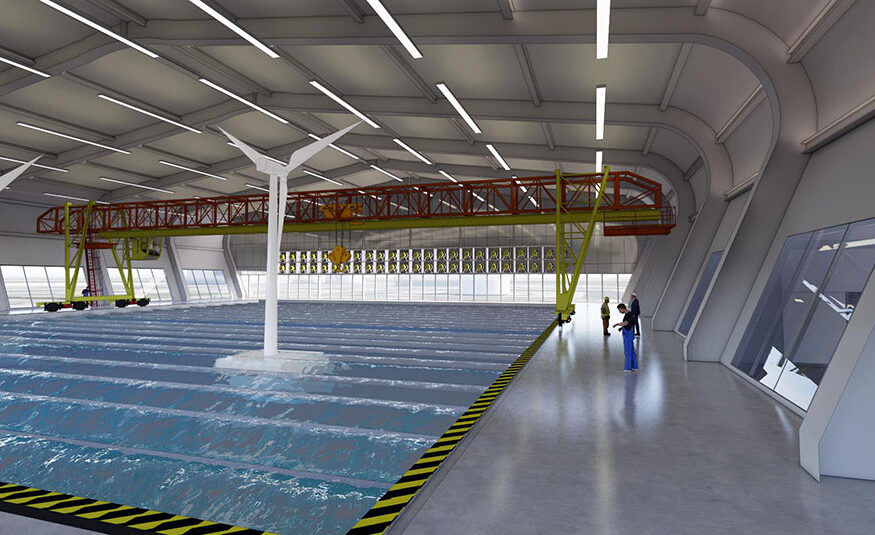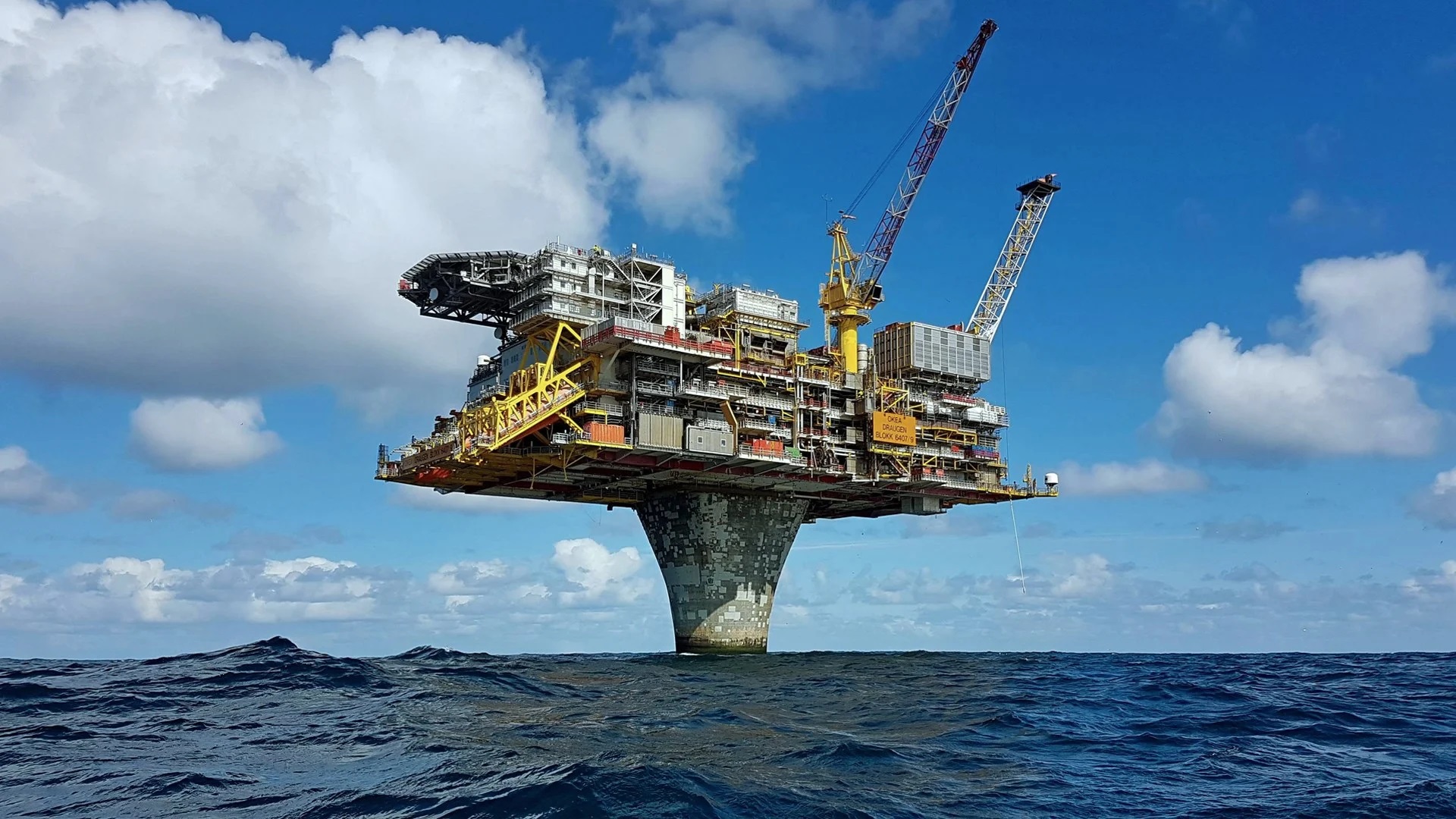Rutgers University is launching a new wind energy research center.
Announced Jan. 12, the multidisciplinary collaboration involves three schools and multiple departments, combining the efforts of environmental and marine scientists as well as engineers.
According to Rutgers, the center will have two initial, key components: The design of a Net-Zero Wind Energy Test (WET) Center, a warehouse-size testing facility that will be located somewhere near the Jersey Shore, and the creation of a smaller WET Lab on the Rutgers-New Brunswick campus.
Officials say the venture aims to address scientific and engineering challenges in testing a floating offshore wind turbine, which they believe will position Rutgers at the center of one the nation’s most ambitious wind power research projects.
The concept was one of four winning proposals selected for funding last March by Rutgers New Brunswick Chancellor Francine Conway as part of her “Chancellor Challenge” to fulfill goals in the school’s Academic Master Plan.
“This outstanding project was selected through a rigorous, competitive review of proposals to catalyze exploration, collaboration, concept-testing, and risk-taking,” said Conway in a press release announcing the launch. “Its success will rest on the efforts of cross-disciplinary teams from multiple Rutgers-New Brunswick units. Importantly it focuses the power of our research on a grand challenge of science and society.”
Faculty from the School of Engineering (SOE), School of Environmental and Biological Sciences (SEBS), and the Rutgers School of Arts and Sciences will be involved in center research. The project is led by Onur Bilgen, associate professor in the Department of Mechanical and Aerospace Engineering at the SOE, and Josh Kohut, co-founder of the Center for Ocean Observing Leadership and a professor in the Department of Marine and Coastal Sciences in the SEBS.
“Our broad vision is that, by 2035, New Jersey will be among the global leaders in offshore wind energy research, technology development and testing, and that Rutgers will be globally known for its multidisciplinary approach to economics, engineering and the social and environmental science and policy of wind energy,” said Bilgen.
“Onur had this really great idea of planning for a research facility for advancing offshore wind in the region – and he generously engaged all the groups that were working in that space,” said Kohut. “There’s something like 60 faculty members across the university who are engaged in some aspect of offshore wind. The WET Lab that will be put together through this effort will engage the engineering and marine science researchers of this broader offshore wind community at Rutgers.”
A ‘signature investment’
The WET Center is one of the first flagship interdisciplinary projects of the newly created Rutgers Climate and Energy Institute (RCEI), which was announced in October.
Organizers envision that at the WET Center, which they note will require government and industry support to build and operate, researchers will be able to test near-full-scale versions of Eiffel Tower-sized wind turbines designed to float in the deep ocean. The WET Lab is intended to test smaller versions.
The effort will receive about $1.1 million from the Rutgers–New Brunswick Chancellor’s Office.
“The WET Center is a signature investment into cutting-edge climate change and renewable energy scholarship and education through RCEI,” said Julie Lockwood, RCEI’s interim director and a professor in the Department of Ecology, Evolution, and Natural Resources at SEBS. “Its innovative design fosters collaboration among scholars from a variety of academic fields, which enhances the impact of Rutgers on next-generation wind energy production.”
“There have been a lot of questions raised about what effect putting structures in the ocean might have on ocean circulation, and ocean processes that are important to ecology, fisheries, and marine mammals,” said Kohut. “All of those important questions can now be addressed in collaboration with the engineering faculty at Rutgers. We will be able to think about the whole picture, from the structure itself to its impact on the ocean environment.”


